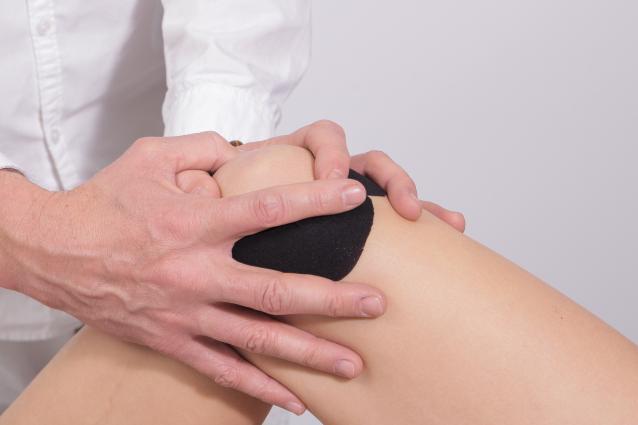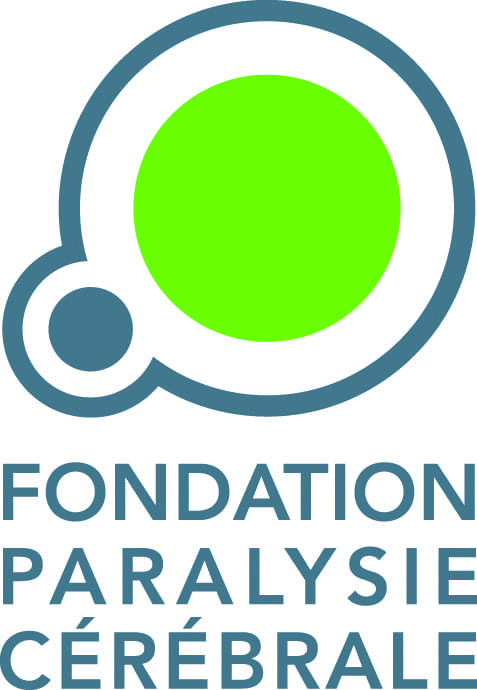Objectives : The primary objectives are to evaluate the effect of two weeks of early HABIT-ILE on
- bimanual performance in pre-school children (1-4 years old) with unilateral CP (Randomized Controlled Trial 1=RCT1 N= 50 children) and on
- gross motor function of children with bilateral CP (RCT 2, N= 50 children)
in comparison with two weeks of usual motor activity including usual rehabilitation (control group). We hypothesize that early HABIT-ILE will induce larger changes on bimanual performance and gross motor function than usual motor activity. One of the main secondary objective is to evaluate whether the impact of HABIT-ILE is age-dependent, thus exploring what we will call in this project the window of opportunity for optimal timing of the intervention. The timing of the intervention is intentionally targeted at the period of the child’s life when CP has been confirmed, participation in intensive rehabilitation is feasible, and the window of neuroplastic potential is still open.
The other secondary objectives are to:
-Evaluate further changes in motor control and function using different tests of motor function, activity questionnaires and executive function tests
-Evaluate neuroplastic changes using brain imaging (magnetic resonance imaging, MRI) in children
-Evaluate biomechanical changes using an optoelectronic motion capture system with EMG to determine the effect of HABIT-ILE on movement pattern and quality
The children who will participate to this study will be followed in
- Brest (24 children)
- Angers (18 children)
- Louvain (34 children)
- Pise (children)
In parallel, a third Randomized Controlled Trial will be carried out in a perinatal rodent model of unilateral and bilateral CP that will undergo adapted HABIT-ILE. This trial aims to evaluate mechanisms that cannot be explored in detail in children. It will assess the effects of early and late rehabilitation on functional outcomes in rats with unilateral and bilateral CP as well as white matter tract reorganisation.
Méthodology
Inclusion criteria will be: children with cerebral palsy (spastic or dyskinetic), unilateral or bilateral cerebral palsy, age 1 to 4 years inclusive (corrected age if preterm birth) and ability to follow instructions and complete testing according to the age.
A pair-matched randomization will be used in order to ensure comparability. For children with unilateral CP, each child will be matched with a child with the closest profile based on age (4 categories: 1,2,3,4 yo), the affected side (right or left), and the origin of the CP (prematurity, perinatal asphyxia, stroke, others). For children with bilateral CP, each child will be matched with a child with the closest profile based on age (4 categories: 1,2,3,4 yo), the Gross Motor Function Classification System level 55 (GMFCS, 3 categories: I-II, III-IV and V) and the origin of the CP. All the efforts will be made in both RCTs to find the closest profile within the same year, same GMFCS level and same origin of CP. Group allocation (HABIT-ILE group or Control group) will be then randomly determined within each pair. However, in order to improve the monitoring of the study, the children of the control group will benefit from the HABIT-ILE treatment after the 3-month follow-up evaluation.

In each RCT, both groups (N=25) will be assessed 3 times: T0, T+15 days and T0+90 days
The HABIT-ILE Group (unilateral CP n = 25/bilateral CP n = 25) will benefit from 50 hours of therapy over 2 weeks (5 hours per day of treatment, 5 days per week) while the control group (unilateral CP n = 25/bilateral CP n = 25) will follow its usual activities for 2 weeks (kindergarten, nursery, usual therapy, etc.).
For the RCT 1 (Unilateral CP), the primary outcome measure will be the difference in the Assisting Hand Assessment (AHA, from 18 months to 18 years) or Mini Assisting Hand Assessment63 (Mini-AHA, from 8 to 18 months) between T0 and T0+90 days.
For the RCT2 (Bilateral CP), the primary outcome measure will be the difference in Gross Motor Function Measure GMFM (in% of logits) between T0 and T0+90 days.
Assessments will be performed by a trained examiner totally blind to group assignment and timing of assessment ensuring a blind scoring.
In addition, a 6-month evaluation will be conducted to assess whether the 3-month results are maintained or improved over time.
HABIT-ILE is a motor skill learning-based therapy carried out in a camp-setting, with structured tasks of increasing motor difficulty and functional activities that require the use of both hands whilst sustaining postural or locomotor activity of the LE. Tasks are based on games and the whole environment is set up such that the children perceive the camp as fun. For both the children with unilateral and bilateral CP, the tasks will be chosen according to individualized functional goals previously defined by the parents (e.g drinking by him/herself, walking without help, opening a box of toys, holding a book, putting off pants, playing in sitting without support, etc.).
Results of the initial assessments (T0) will be used to determine appropriate tasks for each child. Over the course of the 2 weeks, tasks will be progressed to further challenge bimanual coordination, postural control and LE function.
The duration of activities as well as LE/postural associations will also be adapted to each child depending on his/her functional objectives, attentional ability and gross motor development. The whole process will be performed in a child-friendly, fun environment adapted to the age of the child. Eight children will undergo rehabilitation together. Some activities will be carried out in groups and others individually. Each child will have his/her own therapist (PT or OT) as well as a student therapist working with him/her.
Taking into account usual motor activity time and rest time (e.g. naps), 5 hours per day for a total of 50 hours over 2 weeks. This duration is the best compromise between current scientific evidence on dosage and the number of feasible hours in this age group.




